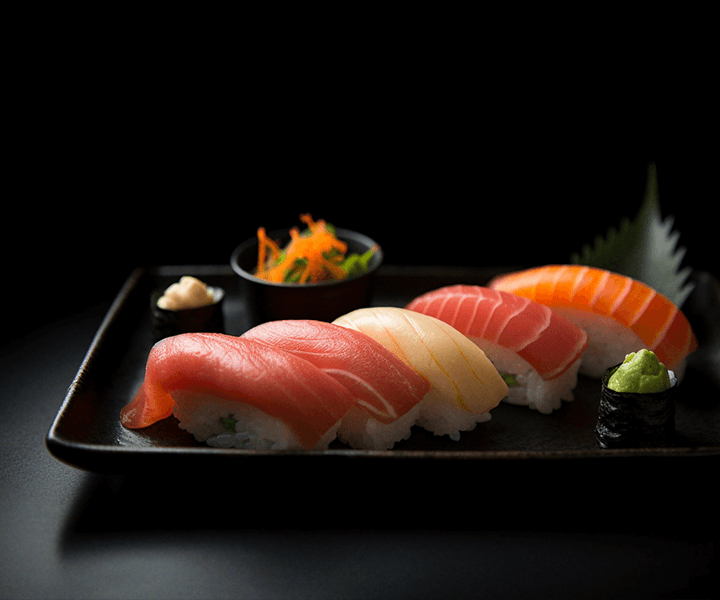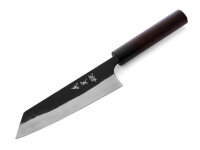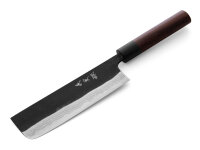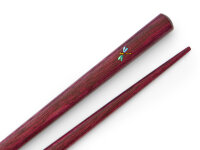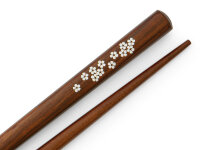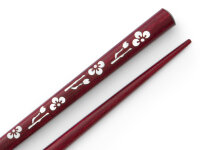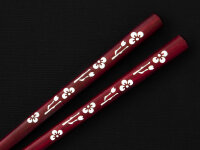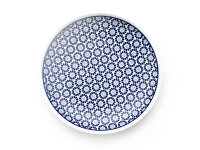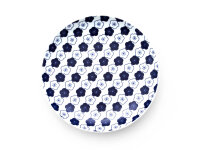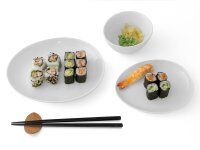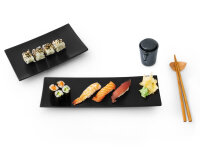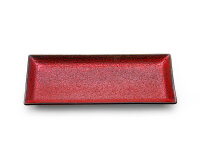Traditional Japanese cuisine
SIMPLY DELICIOUS AND HEALTHY
Healthy Japanese Cooking - Easy as Pie
The high life expectancy of the Japanese population – consistently ranking among the highest globally for decades – is closely associated with Japanese cuisine, which is a reasonable assumption. Many Japanese eating and cooking habits are extremely beneficial to health.
What is good for us is good. The natural taste of high-quality food takes precedence. Japanese chefs use spices and oil sparingly. Often, the preparation of vegetables, fish, and meat is very gentle and delicate. Vegetables and fish are frequently cooked with care, preserving healthy nutrients and vitamins.
The cooking and food philosophy has also greatly influenced the development of cookware and accessories in Japan. A thinner and sharper knife preserves more nutrients in vegetables, while higher-quality pans and pots facilitate gentle cooking due to the excellent heat conductivity of cast iron cookware, which heats food more evenly. Premium pieces also release healthy iron into the food and are highly valued in Japanese cuisine.
Fresh and High-Quality Ingredients
Typically Japanese is the careful selection and use of fresh seasonal ingredients. We quickly conjure the image of raw fish in sushi. In reality, however, great emphasis is also placed on the quality of vegetables, fruits, and meats. Better quality, even if slightly more expensive and in lesser quantity, is preferred over inferior options.
Fresh and High-Quality Ingredients
As is well known, the Japanese sometimes enjoy very colorful dishes. This often translates to the visual appeal of Japanese cuisine. A positive side effect is that the more colors present in a dish, the healthier it tends to be. Rice, egg, green algae, red bell peppers, yellow squash, and orange carrots create a colorful mix of ingredients that is frequently used in recipes.
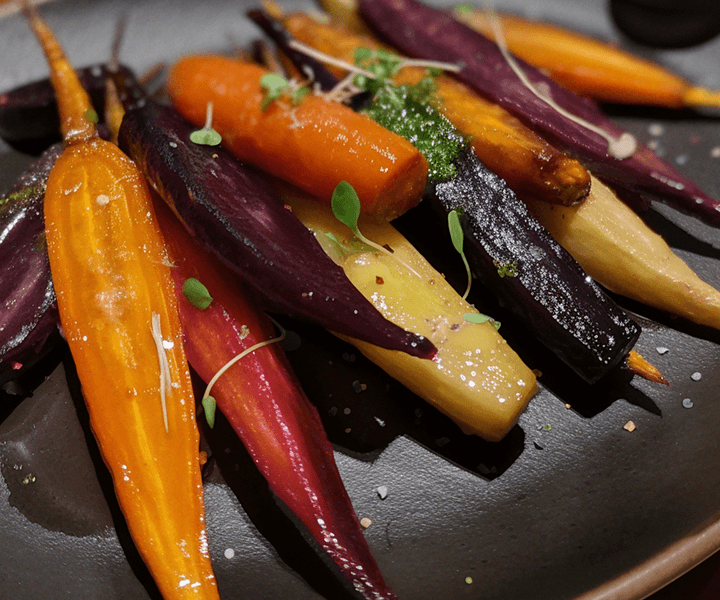
Meat and Fish in Japanese Cuisine
Traditionally, fish holds a higher status than meat in Japanese cuisine, as meat consumption was prohibited for centuries in the island nation of Japan. Seafood, fish, and marine plants (such as seaweed and sea cucumbers) are therefore regularly featured in the diet. Kobe beef is an exclusive exception in the meat-scarce Japanese culinary tradition. The meat from the Wagyu cattle is the most valuable meat in the world and is easily recognizable by its high degree of marbling. It is rich in nutrients, low in cholesterol, and above all, incredibly flavorful. In Germany, you can obtain this delicacy fresh and delivered directly to your doorstep here.

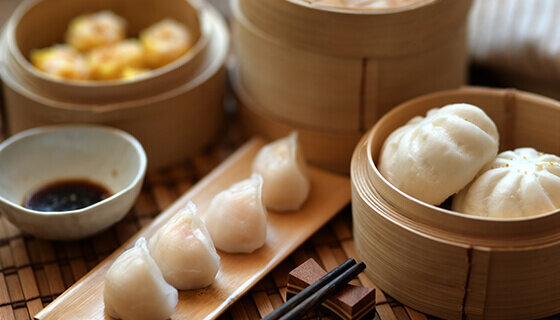
Slow, Mindful Eating
In Japan, as is well known, meals are typically eaten with chopsticks. This generally results in smaller bites and a slower pace of eating. Even the ingredients of a soup (often tofu, seaweed, bamboo shoots, or soybeans) are picked out with chopsticks. The delicate broth may be sipped from the beautiful bowl in which it is usually served.
Japanese specialties
Sushi is certainly the most well-known Japanese dish in the Western world. Originally from China, sushi – typically consisting of raw fish and seasoned rice – was perfected in Japan, like so many things. Sushi is often created with a variety of colorful elements, which are beautifully showcased on a delicate, monochrome sushi plate. In Japan, sushi is frequently served with matcha tea in special tea bowls.
This brief excursion touches upon a vast topic. We highly recommend continuing to explore Japanese cuisine and experimenting with different variations. Eating healthily Japanese-style is easy, and the culinary diversity brings us great joy.
